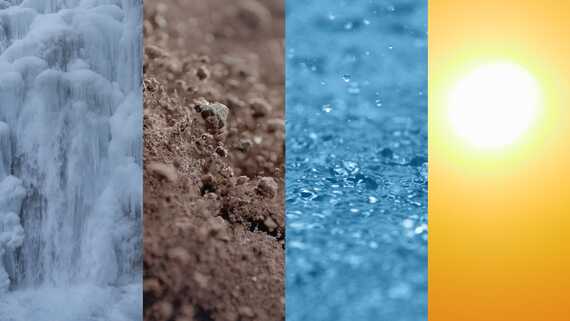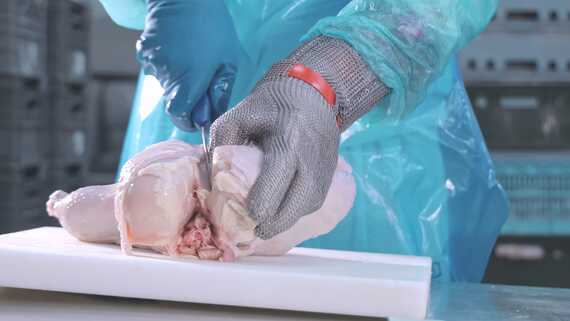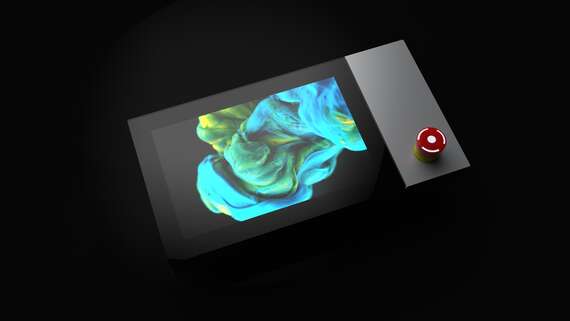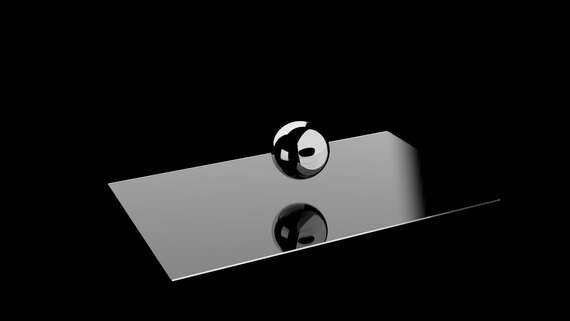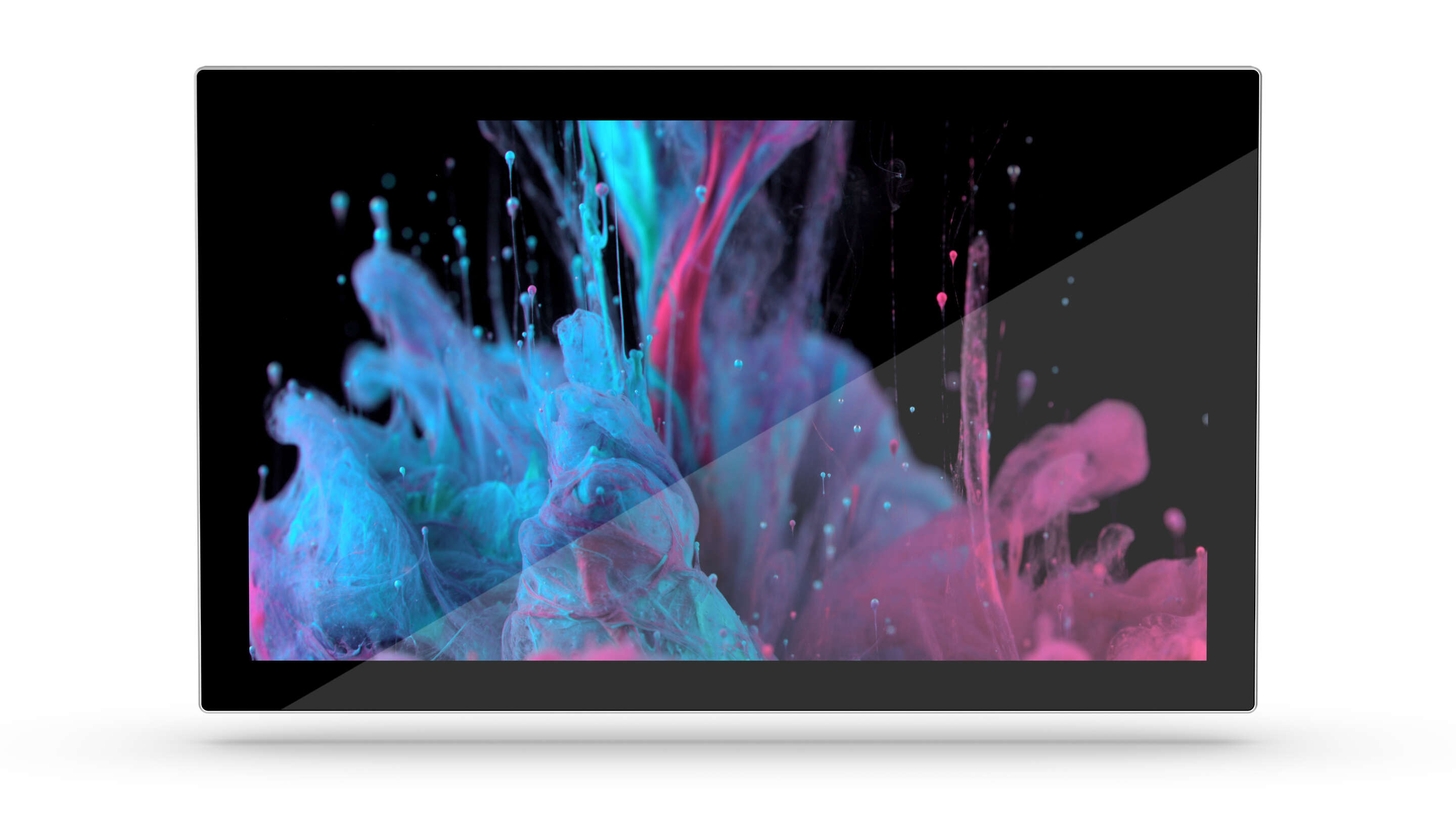Kapsam
Bu belgedeki bilgiler not parmak, ekran kalemi veya eldivenli el girişi için geçerli analog rezistif dokunmatik ekran teknolojisini kullanan tüm ULTRA dokunmatik ekranlar için geçerlidir. Bu spesifikasyon, sunduğumuz teknolojik olanakları temsil etmektedir. Aşırı uçlara giden bir ürüne ihtiyacınız varsa profesyonel bir danışmanlık için lütfen satış ekibimize danışın.
Mekanik Özellikler
ULTRA 4, 5 ve 8 telli sensörler iletken cam alt katmana, iletken polyester (PET) orta katmana ve ince lamine cam üst katmana sahiptir. ULTRA dokunmatik ekranlar, gereksinimlerinize en uygun olanı seçmek için hem standart hem de özel boyutlarda gelebilir. Daha ayrıntılı bilgi için ULTRA Teknik Özellikler kılavuzuna bakın.
Dayanıklılık/Performans Özellikleri
| Giriş Yöntemi | Parmak, eldivenli parmak, kalem/ekran kalemi |
| Aktivasyon Kuvveti | 85 gram |
| Aktivasyon Doğruluğu | Orijinal temas noktasının %1,5'i |
| Dokunma Dayanıklılığı | Etkinleştirme kuvvetinde dokunma noktası başına 230 milyon dokunuş |
| Yüzey Sertliği | 6.5 Mohs |
| Çözünürlük | 4096 x 4096 tipik |
Optik Özellikler
| İletim | %82 (net) |
| Yansıma | %9 (net) |
| Parlak | 20°'de 350 GU (net) |
| Pus | %2 |
Çevresel Özellikler
| Çalışma Koşulları | -35°C ila +80°C |
| Saklama Koşulları | -40°C ila +85°C |
| Çalışma Bağıl Nemi | %35'te %90 yoğuşmasız |
| Depolama Bağıl Nemi | 240 saate kadar %30'da %90 yoğuşmasız |
| Kimyasal Dayanım | Camı bozmayan tüm kimyasallara karşı geçirimsizdir |
| Daldırma Direnci | Tamamen su altında kalabilir |
| Yangına ve Yanmaya Dayanıklılık | Açık ateşe, kıvılcımlara ve sigara yanıklarına dayanabilir |
| Çalışma İrtifası Direnci | 10.000 feet (3,048 km) |
| Depolama İrtifası Direnci | 14.000 feet (4,2607 km) |
| Titreşim ve Şok Direnci | Künt nesnelerden gelen darbelere dayanabilir |
| Aşınma Direnci | En derin çiziklerde veya sıyrıklarda bile çalışabilir |
Elektriksel Özellikler
| Elektrostatik Deşarj | 15 kV'a kadar 20 deşarj |
| Köşeden Köşeye Direnç | 40-60 Ohm, boyuta bağlı olarak |
Denetim Kriterleri
ULTRA dokunmatik ekranlar, üretilmeden önce sıkı test ve muayene prosedürlerinden geçirilir gönderilir, ancak en küçük kusurlardan biri bile sensörün performansını olumsuz yönde etkileyebilir. Denetim kriterleri bu bölümde bulunabilir ve bir sensörün olup olmadığını belirlemeye yardımcı olacaktır. kabul edilmeli veya reddedilmelidir.
Surface and Internal
| Width | Judgment | Condition |
|---|---|---|
| < 0.015” | Pass | Total length less than 0.050” in a 1” radius circle |
| 0.015” – 0.020” | Pass | Maximum 2 per 1” radius circle |
| >0.020" | Fail | None |
Height
A height defect is a glass defect with a height such as glass chips or shards, and other contaminants trapped beneath the coversheet. Height defects are usually evaluated the same as normal glass defects (section Surface and Internal) with the following addition: if the height of the contaminant can be felt when passing a razor blade across it, it is a failure.
Scratches
| Width | Judgment | Condition |
|---|---|---|
| < 0.001” | Pass | Maximum 5 per sensor, minimum 0.100”, separation |
| 0 .001” – 0.003” | Pass | Maximum 3 per sensor, minimum 0.250”, separation |
| >0.003" | Fail | None |
Cracks
Any sensor with cracks or fractures in the glass is considered a failure.
Edge Chips
| Dimension | Condition |
|---|---|
| Length | < 0.050” |
| Width | < 0.050” |
| Depth | < 1/3 thickness of the glass |
| Quantity | Max 2 per side, chips < 0.015” ignored |
| Spacing | Chips > 0.030" wide must be at least 5" apart |
Stains
| Size | Judgment | Condition |
|---|---|---|
| < 0.020” | Pass | Ignore |
| 0.020” – 0.060” | Pass | Maximum 2 per sensor |
| > 0.060" | Fail | None |
Coversheet Pillowing
The coversheet should always lie parallel to the glass substrate on all ULTRA touchscreens. Some curving towards the glass layer is allowed as long as the top and bottom layers do not come into constant contact. Pillowing occurs when there is an excess amount of air between the coversheet and glass layers, giving the coversheet a puffy, or 'pillowed', shape. This is most often caused by leaks in the touchscreen's seal.
Coversheet and Lamination
Coversheet defects include defects found in either of the armour glass layer and the polyester layer compromising the coversheet, while amination defects refer to defects within the bonding between the layers.
Bubbles
A bubble is a bubble of air trapped within the lamination, between the polyester and armour glass layers. Bubbles are allowed within the following conditions:
- Maximum 2 in a 1" circle
- No bubbles may touch the edge of the armour glass
- No bubbles greater than 0.008" are allowed unless they are in the free zone, where bubbles may be ignored.
- The bubble must less than 0.008"
Delamination
Delamination refers to the separation of the coversheet to the base glass and to the separation of the armor glass from the polyester. No delamination may occur.
Thickness
The thickness of the bonding layer should be in the range of 0.0135 to 0.016", and no thicker.
Contamination
Contamination may refer to other foreign objects observable within the Lamination. The criteria are as follows:
- Contaminations less than 0.005" wide are acceptable
- Contaminations in the range of 0.005" – 0.010" wide are acceptable only if visible against various backgrounds
- Contaminations greater than 0.010" wide are considered a failure.
- Contaminations must be less than 0.250" long to be accepted.
